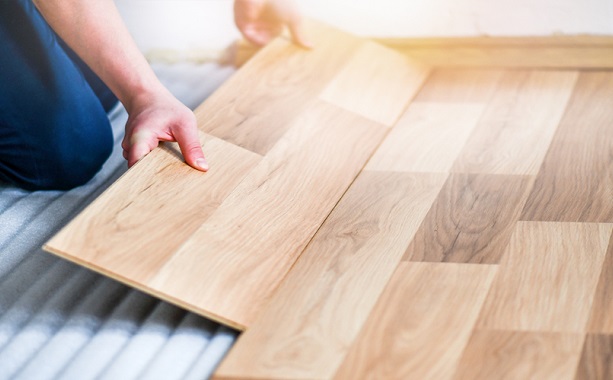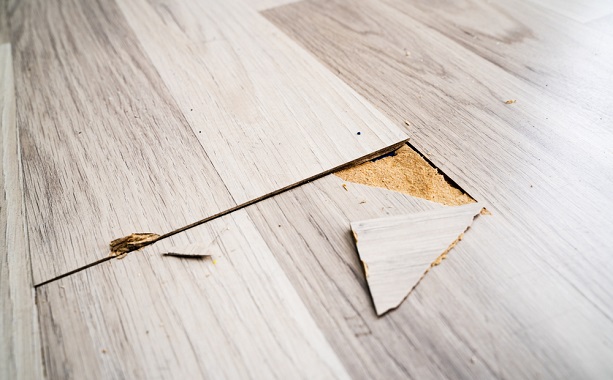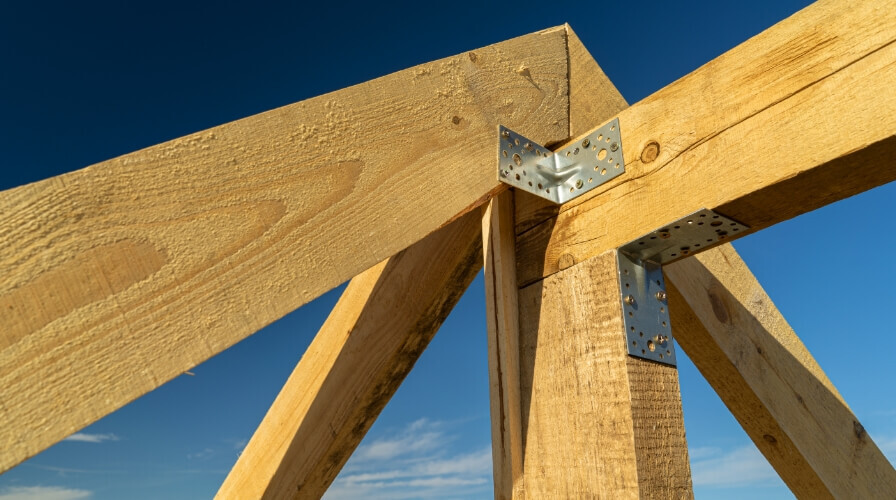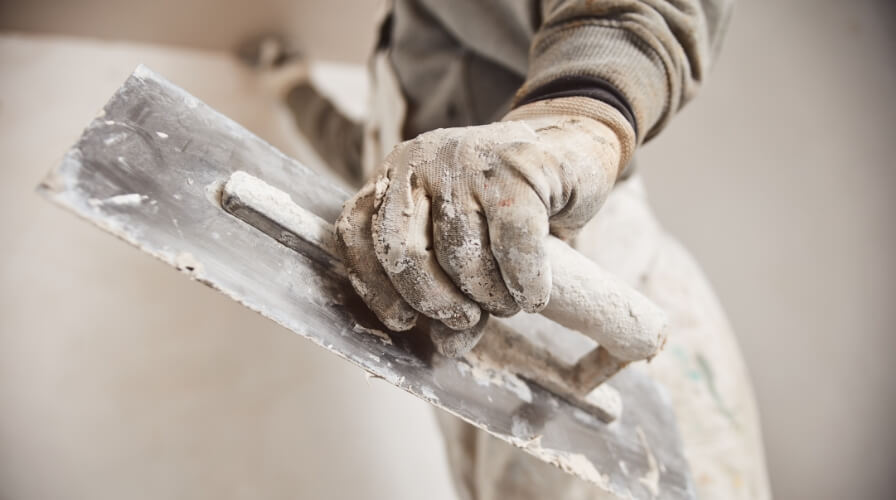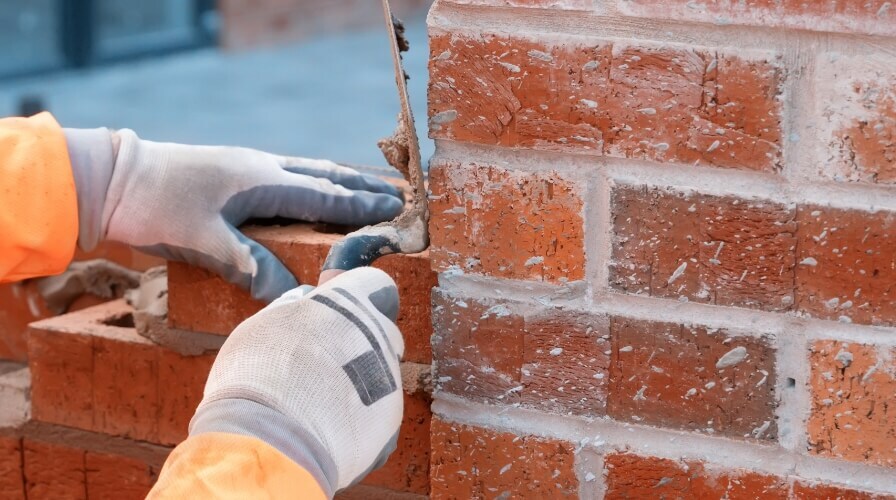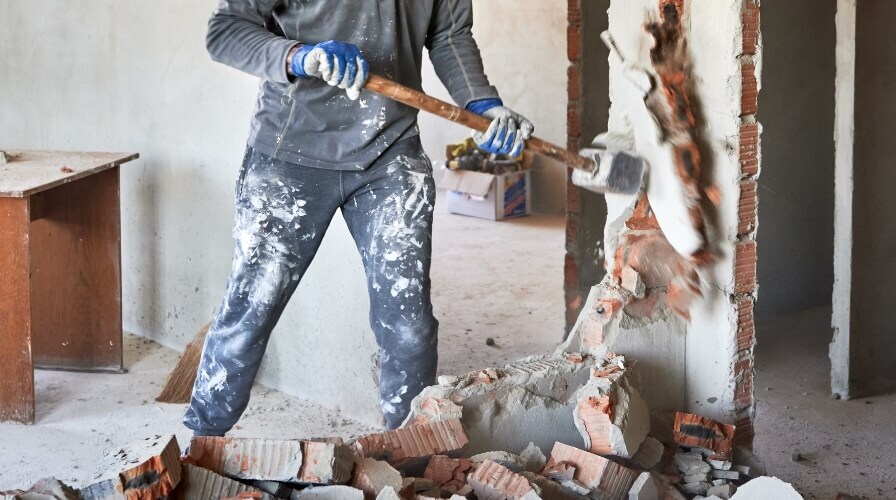Laminate flooring: Common mistakes and how to avoid them
It’s important to properly prepare the area you’re going to be working in and follow installation instructions to avoid laminate flooring problems and costly repairs. Common mistakes can happen so it’s wise to know what these are and how to fix any issues if they crop up.
Laminate flooring problems
There are several laminate floor installation problems to be aware of. These mistakes can lead to various issues and affect how long the flooring lasts or what it looks like. Here are some common mistakes when laying laminate flooring.
Poor acclimatisation
Laminate flooring needs time to settle into the place you install it. Let the laminate planks sit in the room for at least 48 hours before fitting them so they don’t expand or contract after installation, making gaps in the flooring or buckling.
Not preparing the subfloor
The subfloor (that you’ll lay the laminate on) should be clean, level and dry before installing laminate flooring. To avoid this laminate floor installation problem, fix imperfections, address moisture levels and clean up debris on the floor. If you don’t, you could be left with an uneven surface and the laminate can get damaged over time.
